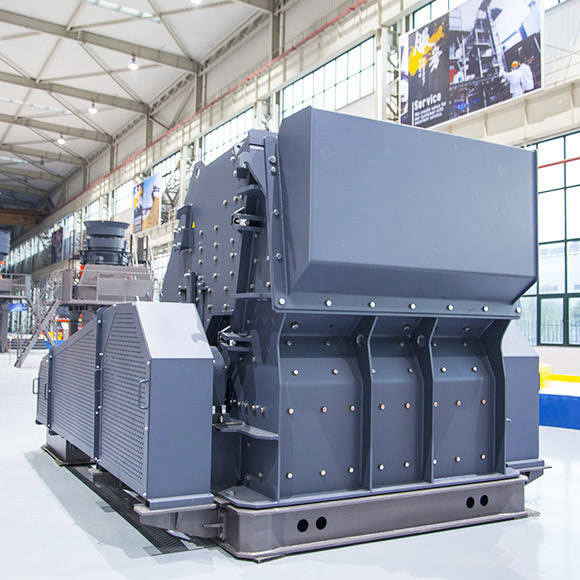An impact crusher is a versatile and commonly used crushing equipment in the mining, construction, and recycling industries. It utilizes a high-speed impact force to crush materials, resulting in the reduction of particle size and the creation of a more uniform shape. In this article, we will discuss the design and analysis of an impact crusher, focusing on key aspects such as the rotor design, material selection, and structural analysis.
Rotor Design:
The rotor is the heart of an impact crusher, responsible for the crushing process. Its design should ensure efficient impact energy transfer to the material being crushed. The rotor typically consists of a central shaft, a number of blow bars, and a housing. The blow bars are attached to the rotor and strike the incoming material, causing it to break.
To optimize the rotor design, factors such as the rotational speed, diameter, and length need to be considered. Higher rotational speeds result in greater impact forces but also increase wear and energy consumption. The diameter and length of the rotor should be chosen based on the desired throughput and size reduction requirements.

Material Selection:
The choice of materials for the impact crusher components is crucial for its performance and durability. The blow bars, for instance, are subjected to high impact forces and wear. Therefore, they are commonly made of high-chromium white cast iron, martensitic steel, or composite materials with ceramic inserts.
Other components such as the rotor shaft and housing should have sufficient strength and stiffness to withstand the operational loads. Steel alloys or ductile cast iron can be suitable materials for these parts, depending on the specific requirements.
Structural Analysis:
To ensure the structural integrity and reliability of the impact crusher, a detailed structural analysis is essential. Finite Element Analysis (FEA) is commonly used to simulate the structural behavior and identify potential weaknesses or areas of improvement. The analysis considers factors such as stress distribution, deformation, and resonance frequencies.
During the analysis, the impact loads, including dynamic forces and vibrations, should be accurately modeled. This will help identify potential weak points that may lead to fatigue failure or excessive deformation. The results of the analysis can guide the design modifications or reinforcement of critical areas to improve the crusher’s performance and longevity.
Conclusion:
The design and analysis of an impact crusher require careful consideration of various factors to ensure optimal performance and durability. The rotor design should be optimized to deliver efficient impact energy transfer, while the selection of materials for the components should provide the necessary strength and wear resistance.
